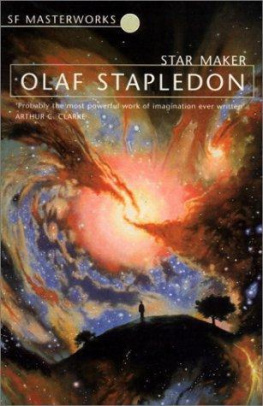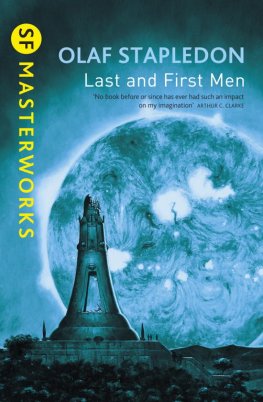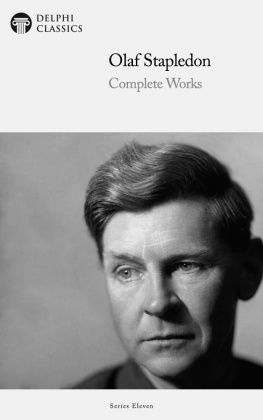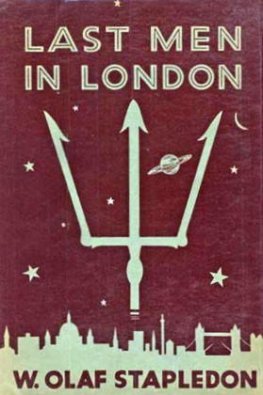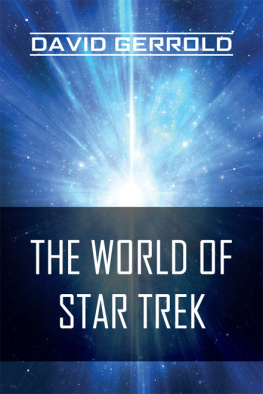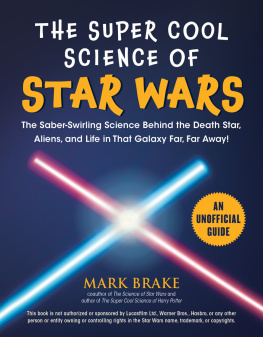
STAR MAKER
Olaf Stapledon
Science Fiction Masterworks Volume 21
eGod
In the last years of the twentieth century (as Wells might have put it), Gollancz, Britains oldest and most distinguished science fiction imprint, created the SF and Fantasy Masterworks series. Dedicated to re-publishing the English languages finest works of SF and Fantasy, most of which were languishing out of print at the time, they were and remain landmark lists, consummately fulfilling the original mission statement:
SF MASTERWORKS is a library of the greatest SF ever written, chosen with the help of todays leading SF writers and editors. These books show that genuinely innovative SF is as exciting today as when it was first written.
Now, as we move inexorably into the twenty-first century, we are delighted to be widening our remit even more. The realities of commercial publishing are such that vast troves of classic SF & Fantasy are almost certainly destined never again to see print. Until very recently, this meant that anyone interested in reading any of these books would have been confined to scouring second-hand bookshops. The advent of digital publishing has changed that paradigm for ever.
The technology now exists to enable us to make available, for the first time, the entire backlists of an incredibly wide range of classic and modern SF and fantasy authors. Our plan is, at its simplest, to use this technology to build on the success of the SF and Fantasy Masterworks series and to go even further.
Welcome to the new home of Science Fiction & Fantasy. Welcome to the most comprehensive electronic library of classic SFF titles ever assembled.
Welcome to the SF Gateway.
Star Maker is the most wonderful novel I have ever read. It retains its wonder on successive readings, and repays study.
To put it at its simplest, the story of the book is the story of a quest, but a quest on a cosmic and superhuman scale. The I of the book projects his spirit away from this Earth and the worlds delirium into the universe, to encounter other worlds, other beings, other classes of beings, finally to confront the creator of the universe itself, the Star Maker, and be permitted communication with it. Nothing could be simpleror more ambitious.
In his original preface to Star Maker, the author states that this is not a novel at all. True, it more resembles an attempt to create myth on the grandest possible scalea myth for our time that will appease both the scientist and the mystic in us. That is to say, a myth for the two hemispheres of mankinds divided brain. The nobility of this attempt sets Star Maker apart from both the modern novel and science fiction, which it superficially resembles. The intention is to instruct as well as to entertain, to imagine as well as to synthesize.
As we might expect, the author of such an astonishing book is himself something of a mystery. William Olaf Stapledon (18861950) has been depicted by some critics as a feeble kind of fellow. On the contrary, I believe he was a man of marked character, an athlete in his youth at Oxford, and certainly a brave man to have embarked on an enterprise as considerable as the present book. He may have had his peculiarities, but an ordinary man in the street would hardly create a work like this!
Stapledon was an Englishman whose childhood was divided between England and Egypt, where his father was employed by a shipping line. This pinch of exile probably helped forge the detachment so noticeable in his writing. His first novel (though again the term novel is questionable) was Last and First Men, published in London in 1930.
That book won enthusiastic critical reviews and remains Stapledons most famous work. Yet acceptance even of Last and First Men is as uncertain as Stapledons reputationpreserved by science fiction readers, those worldly visionaries. It faded from recognition at one time, to be revived only when the present writer persuaded Penguin Books to reissue it with his Introduction in 1963. Covering as it does the next five billion years, Last and First Men is the most thorough and amazing future history ever written. Yet it was to be eclipsed in virtuosity as well as scale seven years later, when Star Maker appeared. Star Maker is grander in theme, more felicitous in style, subtler in approachnot to mention more overwhelming in imaginative power.
As for Stapledons courage, at the least he was awarded the Croix de Guerre for his service in World War I, when he worked as an ambulance driver in the mud and muck of Flanders. Ambulance driving was an appropriate occupation, well suited to a man of pacifist inclinations who nevertheless felt compelled to play a part in that ghastly struggle in which the Old Centuries were irrevocably severed from the New.
The quality of aloofness in Stapledons character was not of his own choosing; whatever difficulties the quality brought him in ordinary life, it made him the kind of writer he became. Much though he feared that the war would undermine civilizationas it undoubtedly didhe appreciated that it gave him the chance to work as one with his fellows. In his strange successor to Last and First Men, entitled Last Men In London, Stapledon has his protagonist, Paul, say that he entered the war to accept as far as possible on the one hand the great common agony, and on the other the private loneliness of those who cannot share the deepest passions of their fellows. Star Maker is also chock-a-bloc with great common agonies and private lonelinessesoften the private lonelinesses of entire solar communities.
Madness, akin to loneliness, is often in Stapledons mind. The endless vistas of galaxy after prodigal galaxy threaten the intellect:
As we searched up and down time and space, discovering more and more of the rare grains called planets, we watched race after race struggle to a certain degree of lucid consciousness, only to succumb to some external accident or, more often, to some flaw in its own nature, we were increasingly oppressed by a sense of the futility, the planlessness of the cosmos.
This somber mood, owing much to the pessimism of Schopenhauer and the conviction that God was dead or an illusion, is more characteristic of the higher thinkers of the late nineteenth century than the optimistic technophiles of the twentieth. There are, however, times when we are reminded that Stapledon explored at a very early date the standby of ambitious science fiction writers from E. E. Smith onward, galactic empires at war:
Germinating in regions far apart, these empires easily mastered any sub-utopian worlds that lay within reach. Thus they spread from one planetary system to another, till at last empire made contact with empire.
Then followed wars such as had never before occurred in our galaxy. Fleets of worlds, natural and artificial, manoeuvered among the stars to outwit one another, and destroyed one another with long-range jets of sub-atomic energy. As the tides of battle swung hither and thither through space, whole planetary systems were annihilated. Many a world-spirit found a sudden end. Many a lowly race that had no part in the strife was slaughtered in the celestial warfare that raged around it.
But any similarities between Stapledons irresistable sweep of events and conventional science fiction is purely coincidental. Stapledons imagination is omnivorous. After discoursing with the minds of great nebulae, the questing spirit goes on to achieve discourse with the Star Maker itself. The finely sustained climax of the book is the Makers description of the series of universes with which he is experimenting, of which ours is but one in an almost infinite line. Where does one look in all English prose for a parallel with the magnificent Chapter 15?
Next page
